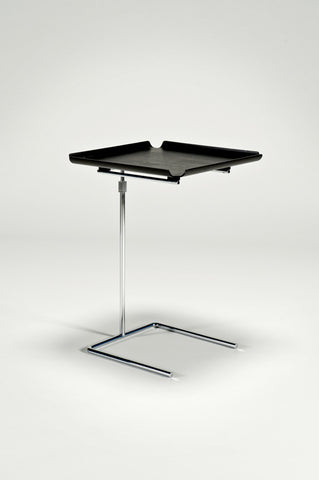the modern archivewhere design, craft and art finally meet...
George Nelson
George Nelson
b. 1908, Hartford, Conn., d. 1986
George Nelson (1908-1986), one of the founding fathers of American modernism, studied Architecture at Yale University and graduated in 1928. He later earned a Bachelor’s in Fine Arts in 1931. As was the case with many of his peers, Nelson found few architectural projects and instead successfully pursued product, graphic and interior design. Indeed, by 1945 he was design director at Herman Miller and was promoted to director of design in 1946, a position he held until 1972. His background and later inclinations toward interiors combined to situate him as a pioneering planner and designer of the modern single family home during the 1940s and 1950s. In his own words, “total design is nothing more or less than relating everything to everything” a mantra reflected in the interconnections apparent in his body of work. This is particularly true in product and graphic design, through which he broke new ground in the practice of corporate image management, graphic programs, and signage.
An avid writer, Nelson was both able to bring the concepts of European modernist pioneers to a North American audience, while at the same time presenting his own perspective of a modernist future. In his volume “Tomorrow’s House”, he introduced the concept of the family room, an idea now pervasive. Similarly, it was Nelson who first conceived of a pedestrianized shopping mall, now a ubiquitous feature of the everyday shopping experience. Nelson furthermore created classics of modern design such as the Ball Clock (1947), Bubble Lamps (starting in 1952), the Coconut Chair (1956), the Marshmallow Sofa (1956), and Action Office (1964).

